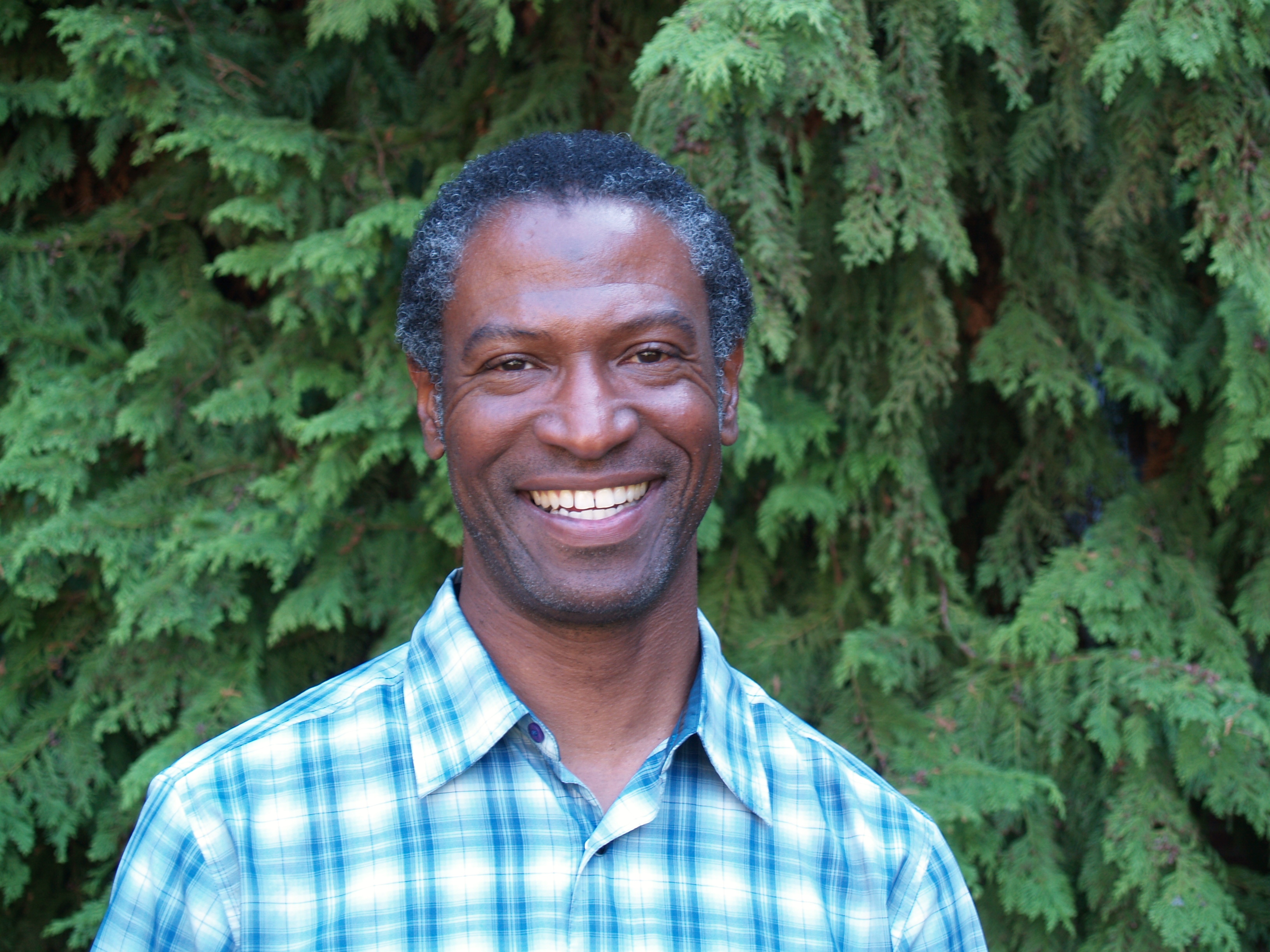 Ed Ewing knows his position is unique. Sure, he works for one of the largest bicycle advocacy organizations in the country, the Cascade Bicycle Club. But that’s not all. He’s got a title that’s unmatched in the movement: Director of Diversity and Inclusion.
Ed Ewing knows his position is unique. Sure, he works for one of the largest bicycle advocacy organizations in the country, the Cascade Bicycle Club. But that’s not all. He’s got a title that’s unmatched in the movement: Director of Diversity and Inclusion.
As part of our State of the Movement report, Ewing shared some of his thoughts on Cascade’s efforts to advance bicycle equity in Seattle, the nation’s 5th whitest city.
Accepting the challenge...
Eight years ago, we, as an organization, asked ourselves a question: Looking at membership, event participation and the communities in which we provided programming and outreach efforts, who are we serving? Seattle is a very beautiful and diverse place, but Seattle is also a very segregated place. The diversity is predominantly in south and southeast King County, while a lot of our programming, including youth and adult education programs were serving schools in predominantly white communities.
None of that was intentional or malicious. It makes sense that, if you have folks who are aware of bikes and biking, and you have folks in schools that know Cascade, they ask for those programs at their schools and in their community. The former county executive of King County put a challenge to Cascade. He’s African American and, at that time, he had become a new cyclist and was very surprised by the low level of diversity in bikes. So it started out as a conversation and challenge to Cascade, since we have such a large footprint in this area. I was asked to share my thoughts and present some solutions as to how we might address and change that.
Identifying need — and committing for the longterm
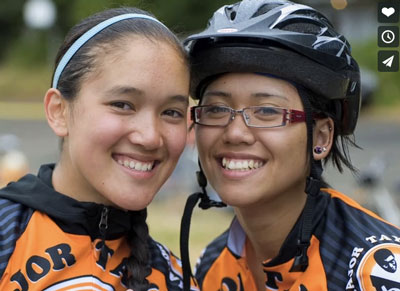 I thought the best way to do that was to identify or partner with communities of color — and to start with students, kids. So the genesis was really what we did with the Major Taylor Project. To me it was a very easy, identifiable place to start because the diversity shows itself so prominently. We used free and reduced lunch figures and asked ourselves, if there’s a high need for student assistance in buying lunch, they probably don’t have access to bikes. And if they do, there’s probably not a bike shop in their community.
I thought the best way to do that was to identify or partner with communities of color — and to start with students, kids. So the genesis was really what we did with the Major Taylor Project. To me it was a very easy, identifiable place to start because the diversity shows itself so prominently. We used free and reduced lunch figures and asked ourselves, if there’s a high need for student assistance in buying lunch, they probably don’t have access to bikes. And if they do, there’s probably not a bike shop in their community.
It started out as a very organic conversation — but we made a commitment to sustainability. We’re not going to be a well-intended nonprofit that works in the community for a year and then pulls out when funding runs out. We were very adament about the need to be in the community, be part of the community for whatever or however long it takes. There were a lot of questions: “Well, what’s the cost?” and “Why is this effort going to cost more than other efforts?” But we recognized that in communities that have been neglected by our programming, we need to build and develop demand for bicycling.
Sure enough, when we looked at the Bike Master Plan here in Seattle and when we looked at the health and wellness reports for communities with high rates of obesity, diabetes and drug use, lo and behold all those maps overlapped. Where we had low levels of bike bike lanes we also has high rates of poverty, obesity, drug use, diabetes — and high concentrations of diversity. To me, it was a no-brainer. How many more metrics do we need to tell us where we need to embed these initiatives and efforts?
Connecting bicycling to bigger conversations
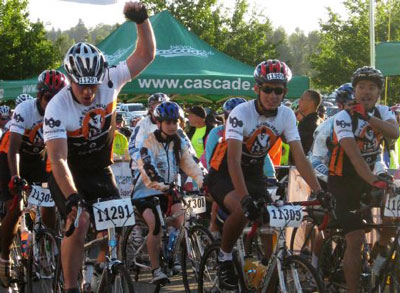 The biggest thing that helped us evolve to where we are today is by identifying, listening to and partnering with the right community leaders. We’ve been very transparent in our intentions and have put our organizational goals aside to learn about the goals of community. And we've learned through that engagement that we have the opportunity to support existing community goals in these diverse communities — and have a significant opportunity to change and bring awareness to bigger issues going on in our community.
The biggest thing that helped us evolve to where we are today is by identifying, listening to and partnering with the right community leaders. We’ve been very transparent in our intentions and have put our organizational goals aside to learn about the goals of community. And we've learned through that engagement that we have the opportunity to support existing community goals in these diverse communities — and have a significant opportunity to change and bring awareness to bigger issues going on in our community.
We use the bicycle to bring social change and get the audience that needs to hear what’s going on in these communities. Sure, it’s great that Major Taylor students are doing STP [the notable Seattle to Portland ride], but it’s also our social responsibility to tell folks what’s going on in these communities; why it’s so significant that we have such areas of high poverty when there’s such wealth in Seattle. The bicycle is a very neutral, benign kind of tool or vehicle to have some big conversations. We’ve learned that we have the opportunity to bring about significant change and, because of that, we’re able to partner with different types of organizations.
King County and Seattle have equity and social justice initiatives; we’re able to partner with them at a higher and deeper level. It’s brought a whole new set of individuals and organizations to the table to have great conversations and share ideas of what we all think equity, diversity and inclusions means — and reshape our definitions. Tomorrow, I’m going to a meeting in the predominantly African American community, Ranier Beach, where a lot of student don’t feel safe walking to school. We’re invited to this town hall because we have a high school bike program in the school. How can we position the bike to help these students get to and from school safely — and how can we be a partner in tackling this bigger issue?
Embedding equity in the culture of the organization
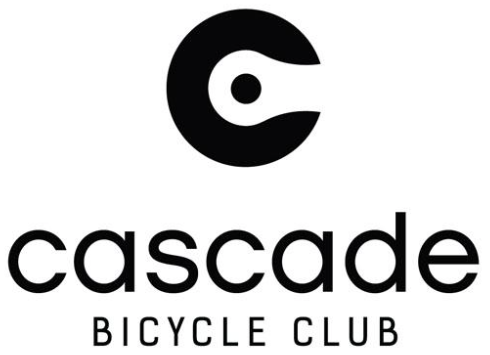 By creating the position (Director of Diversity & Inclusion), it brings equity, social justice and diversity to the forefront of everyone’s mind. What we found is we’re all on the same page and we all value and think it’s an important part of our work. My responsibility has been to integrate that with all the departments — advocacy, education, events, marketing and communications, development — in having us all look at EDI.
By creating the position (Director of Diversity & Inclusion), it brings equity, social justice and diversity to the forefront of everyone’s mind. What we found is we’re all on the same page and we all value and think it’s an important part of our work. My responsibility has been to integrate that with all the departments — advocacy, education, events, marketing and communications, development — in having us all look at EDI.
And, even in creating the position and sharing it out to the community, it sent a signal that we’re serious about EDI and that it doesn’t just exist at a programmatic level; it exists as an organizational philosophy. It’s something we do regardless. By doing that we brought in a new set of members; our membership has diversified in age, ethnicity and cultural backgrounds because people see that we’re doing something about it. They feel more at home or welcome in participating in the club’s activities.
From an employee standpoint, we still have ways to go. Seattle is the fifth whitest city in the nation. People say, “Gosh, it’s so hard” [to have a diverse workforce]. It’s not hard. It’s just different. And because it’s different, it means making an extra effort. We don’t shy away from doing that. We have actively stepped up and changed in the ways we look for talent and recruit employees. I been tapping into my network here, personally and professionally, and planting the seeds and looking within the Major Taylor programs for our next group of leaders. As they graduate and go into college, I want them to stay actively connected to club. Regardless of their ambitions, I’m trying to link them up with Cascade and the rest of the bike world and industry see the potential to have a profession that matches their passion. I think it’s important that we practice what we preach as far as hiring.
Intergating equity into programming decisions
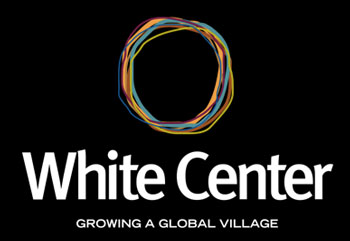 When we get a grant, we make sure it’s going to live in the community. For instance, we were awarded a grant through King County to build a traffic garden in the White Center community. The joke here is it’s not white and not center — it’s predominantly Pacific Islander, African American, Hispanic and Asian. It’s one of our most successful efforts through Major Taylor; we’ve been there for eight years now.
When we get a grant, we make sure it’s going to live in the community. For instance, we were awarded a grant through King County to build a traffic garden in the White Center community. The joke here is it’s not white and not center — it’s predominantly Pacific Islander, African American, Hispanic and Asian. It’s one of our most successful efforts through Major Taylor; we’ve been there for eight years now.
We got grant funding and, instead of putting it toward our new facility which is in a well-resourced community, we thought why not cart it to where it can have the biggest possibility to support the growth of bicycling? So we worked with community leaders in the White Center Development Association and shared with them the idea of this traffic garden and how this would not only support existing the program we have with Major Taylor but also the next steps of programming to get communities involved. What was most important was that we understood the community goals and asked, "How do we support those existing goals?"
We found out they have a goal of building strong, healthy families — and we think bicycles can be integral part of that… So we’re doing things like that are long-term, sustainable efforts. To me, that’s how you partner with community. Many are very very used to well-intended nonprofits coming in and saying, “I want to help you.” These community leaders told us, “Be prepared for us to tell you what to do in our community with your money.” You should have that mindset. We should be ready for the community to tell us how they want us to spend our money in their community. That’s how you make the biggest impact, and so far it’s been working very, very well.
Advice for other organizations
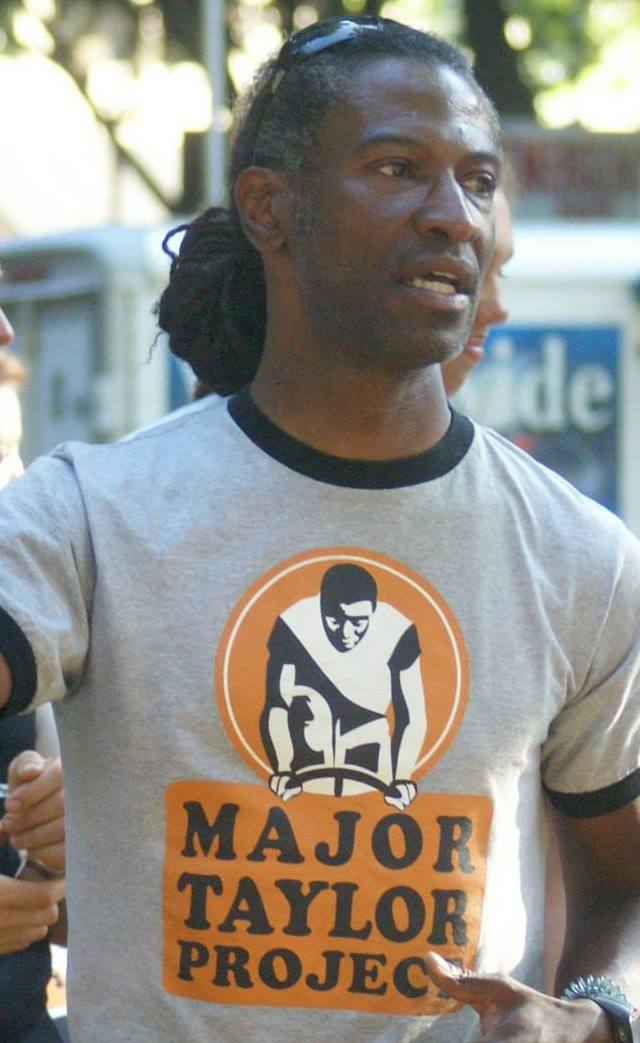 I would strongly encourage organizations ask themselves what does [equity, diversity and inclusion] mean — and why is this important to us? Is it because everyone else doing it? Because we think we should be doing it? Because it’s the right thing to do? Ask why and be 100% transparent in that; 100% authentic in that.
I would strongly encourage organizations ask themselves what does [equity, diversity and inclusion] mean — and why is this important to us? Is it because everyone else doing it? Because we think we should be doing it? Because it’s the right thing to do? Ask why and be 100% transparent in that; 100% authentic in that.
If you’re not, it’s going to show. People are going to know and see right through it. Build authentic and real relationships in communities of color. Put aside your organization goals and be prepared for the community to ask, why are you here? We knew we needed to be prepared to answer that question. If any of our employees is working in White Center or communities of color in Seattle they have to be prepared to answer, "Why are you here," and "Why do you care?" For us, we could answer the question: We’re here to support the community’s goal of creating strong, healthy families and we see the bicycle as having a role in that.
[To address EDI], it doesn’t have to be someone dedicated on staff; it could be a mindset, an initiative or a way of doing business. But make sure it’s authentic and transparent. Form good partnerships in the community. When you do that it forces you to have an open mind, to put aside your motives and to listen. If there’s a fit, great. If not, great. But go with honest and authentic intentions.
Learn more about Cascade Bicycle Club at www.cascade.org

